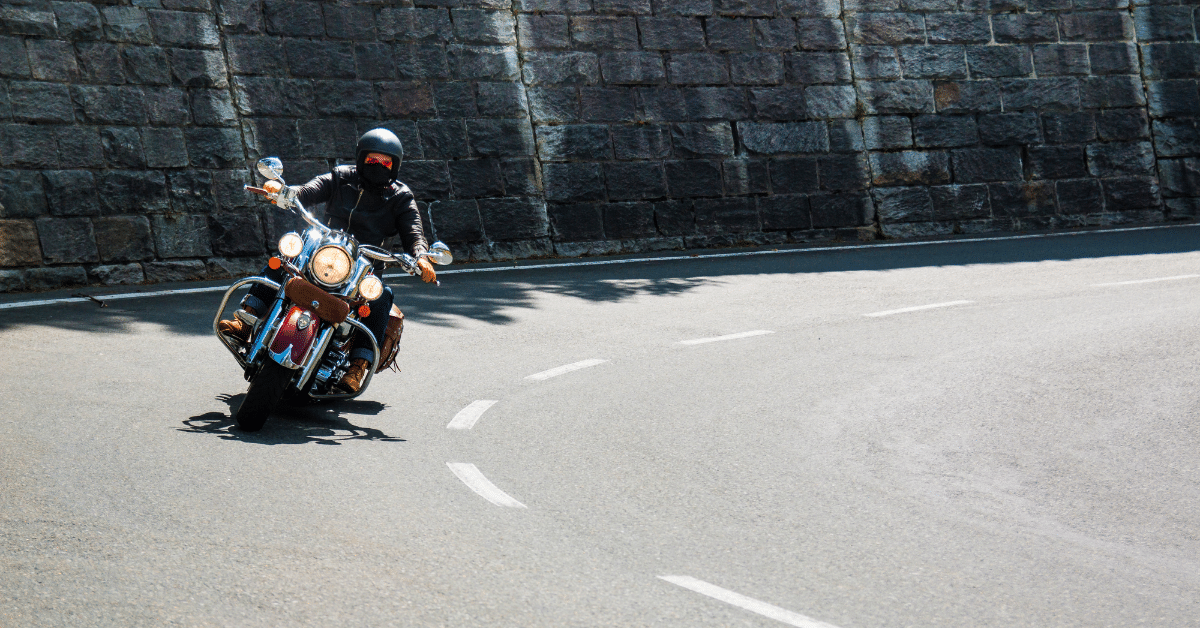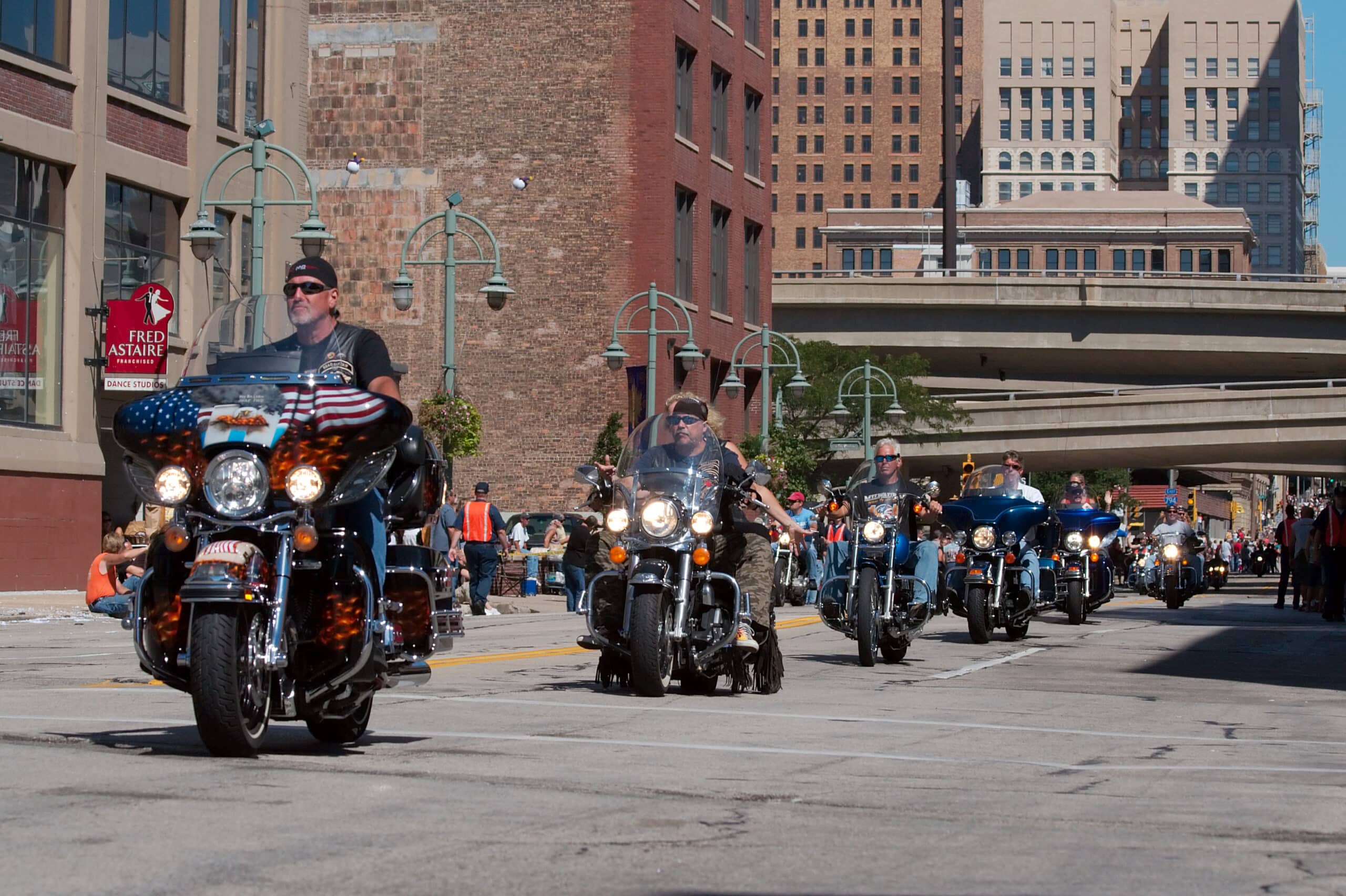
Officially named U.S. Highway 66, this 2,448-mile-long stretch of road has been fondly dubbed “Route 66” and is celebrated in song by artists across multiple genres, from Nat King Cole to The Rolling Stones. And, of course, we can’t forget the original (Get Your Kicks on) Route 66 song creator, Bobby Troupe, who wrote the tune in 1946.
Its popularity throughout the decades stems from a sense of nostalgia and the fondness for simpler times. Sprinkled with mom-and-pop shops, kitschy diners, and quaint hotels, driving Route 66 can make you feel like you’ve been transported to another era.
How Route 66 Came into Existence
Route 66 has been prominently featured as the main character in the history of the 20th century, functioning not only as a practical means of transportation that linked Los Angeles to Chicago, but as a fabric that connected much of the country together.
Built in 1926 as part of the Bureau of Public Roads highway initiative. It was formed by piecing together existing roads and connecting new stretches of asphalt to make a continuous highway that connected the eastern and western United States. Thanks to a robust advertising campaign that promoted Route 66 as the shortest, best, and most scenic route to access several U.S. cities, the road became well-known and heavily used almost immediately.
The early history of Route 66 made it an integral part of the country’s survival. During the Depression, families traversed the highway in search of greener pastures. Then, during World War II, the route helped seamlessly move everything from troops and supplies. The sophisticated business infrastructure that had developed earlier served to provide hotel lodging for troops’ family members.
The Fall of Route 66
After the war, America entered into a phase of carefree abandon. As car ownership more than doubled, American families took to the roads for travel, vacation, and leisure. Gone were the images conjured up by Steinbeck’s dust bowl epic “Grapes of Wrath”. The mood was replaced by one of carefree adventure.
Sadly, the usefulness of Route 66 faded during the second half of the 20th century. Inspired by the German Autobahn, the United States began constructing massive interstates with multiple lanes to accommodate ever-increasing traffic. It was ordered decommissioned in 1985, and unfortunately, that means you can no longer do a straight shot from Los Angeles to Chicago along this route.
The good news is that many sections of the highway have been preserved and can still be enjoyed by travelers. Thanks to a Congressional law passed in 1990, Route 66 has a permanent place in our nation’s cultural history. As a result, the government provides consistent aid to parties involved in keeping Route 66 alive.
Route 66 Highlights
Considering a trip along Route 66? There’s still a lot to see, and we’ve included a (brief) list of must-see attractions:
1. The Santa Monica Pier in Santa Monica, CA: This landmark is the western end of Route 66, and it’s marked by a giant sign that begs to be photographed.
2. Grand Canyon National Park in Williams and Flagstaff: The Grand Canyon. Enough said.
3. Blue Swallow Motel in New Mexico: The neon sign (an upgrade from the original added in the 1950s) is remarkably well-preserved. Pull up to the lobby, and you might even see some classic cars parked outside.
4. Route 66 Museum in Clinton, Oklahoma. Relive the history of Route 66 in this artifact-filled museum.
5. Ambler’s Texaco Gas Station in Illinois: This family gas station is no longer active, but it had a great run until 2002. Now it functions as a tourist attraction.
Get Your Kicks on Route 66 and Beyond
There’s nothing like exploring America’s history on the open road, and the team at Law Tigers is here to support you in that endeavor. Contact us if you need motorcycle accident legal assistance. Give Law Tigers a call at 1-888-863-7216.



